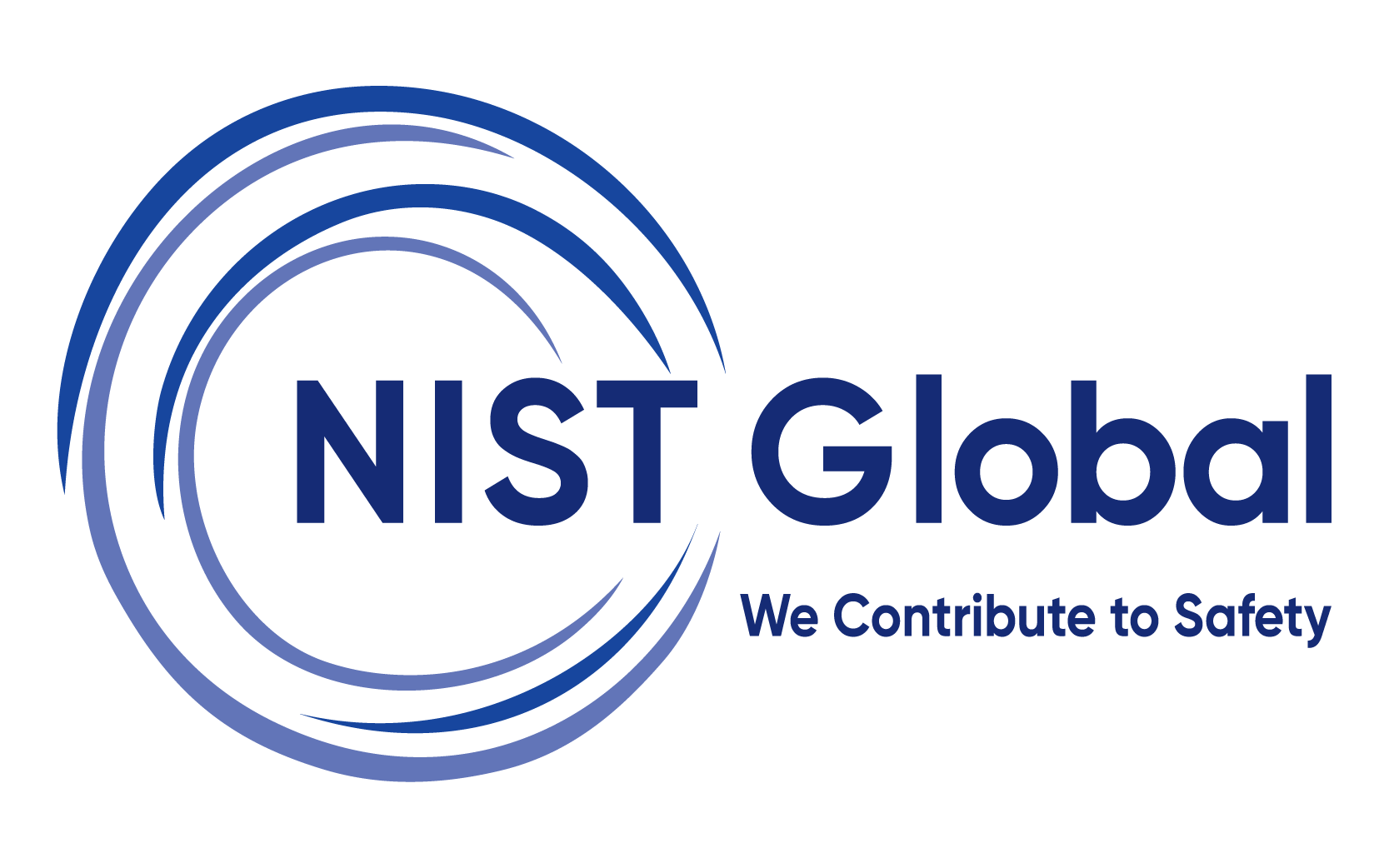Work at Height Rescue
Work at Height Rescue Training is a comprehensive course that addresses one of the most overlooked—but life-saving—components of height safety: rescue preparedness. While fall protection systems aim to prevent incidents, this training prepares personnel for what to do when prevention fails. Participants are led through detailed, step-by-step instruction in conducting a safe and structured rescue operation following fall from height.
Work at Height Rescue Training
The program addresses critical topics like evaluating fall situations, using certified rescue gear (harnesses, retrieval devices, tripods, anchor systems), and comprehending the physiological hazards of suspension trauma. Decision-making in real-time, site planning, coordination by the team, and rescue of the downed worker in a safe manner without endangering additional rescuers is stressed. This training is aligned with relevant Indian regulations and international safety standards. It is necessary for sectors such as construction, telecom, oil & gas, utilities, and infrastructure, where work is carried out at height on a regular basis and speedy response in emergency situations is crucial.
-
Duration1/2 Days
-
Training ModeVirtual/Face to Face
-
LevelIntermediate/Advance
-
LanguageEnglish and other regional languages based on availability
-
Content CustomizationClient specific/Industry specific/Site specific
Why Should Employers Invest in this Training?
- Falls from Height Are a Leading Cause of Fatalities: Across industries like construction, oil & gas, manufacturing, and facility management, falls from height remain a top contributor to workplace injuries and deaths. These incidents are not only tragic but costly leading to operational downtime, legal action, and reputational damage.
- Training Mitigates Legal and Financial Risk: Work at height activities are governed by stringent national (e.g., Factories Act 1948, BOCW Rules) and international safety laws. Failure to comply can result in, hefty fines and penalties, criminal liability for management, insurance premium hikes and denied claims.
- It Builds Worker Awareness and Confidence: When workers are trained to identify hazards, use fall protection equipment correctly, and follow safe procedures, they become confident and competent, Unsafe practices reduce drastically, Supervisors gain clarity on roles and responsibilities. This leads to a more skilled workforce and fewer errors.
- Reduces Direct and Indirect Costs: Accidents from working at height come with direct costs (medical treatment, compensation) and indirect costs (productivity loss, project delays, regulatory fines). Training reduces lost-time incidents (LTIs), Equipment and material damage, and worker turnover due to unsafe condition
- It Enhances Business Reputation and Continuity: Clients, partners, and regulatory bodies assess safety practices as a core metric of operational excellence. Certified, trained workers and a strong safety record boost client confidence, improve project win rates, and support ISO and international audits.
Training Objective
On successful completion of work at height rescue training learners will develop the specialized skills and practical competence required to safely plan, coordinate, and execute rescue operations involving workers suspended or incapacitated at height. By this training participants are made to assess emergency scenarios, identify potential hazards during rescue, select and operate appropriate rescue equipment, and implement safe and efficient rescue techniques by minimizing risk to both the victim and the rescuer. Additionally, they also learn how to perform self-rescue, assisted rescue, and team-based rescue using various systems such as rope descent, retrieval devices, and anchorage points. By the end of the course, they will be able to respond confidently to height-related emergencies, regulatory rescue requirements, also to contribute to a strong safety culture where emergency preparedness is integrated into every high-risk operation.
Training Methodology
Instructor-led
Sessions
Case Study
Analysis
Hands-On
Practice
Group
Discussions
Knowledge
Checks
Final
Assesment
How Will This Training Strengthen Workforce Readiness?
Work at Height Rescue Training prepares employees to act swiftly and safely during height-related emergencies. It enhances on-site emergency readiness, ensuring teams are equipped to save lives and reduce incident impact.
- Rapid Emergency Response skills - Where workers get trained to act immediately and efficiently during fall incidents or suspensions, recognize unsafe conditions before starting height-related tasks.
- Improved Use of Rescue Equipment - Ensures proper selection, inspection, and operation of harnesses, descent devices, and retrieval systems.
- Minimized Risk to Rescuers - Emphasizes safe techniques that protect both the victim and the responder during rescue.
- Boosted Team Coordination - Promotes synchronized efforts during rescue operations through drills and scenario-based exercises.
- Compliance with Legal Mandates - Such as aligns rescue preparedness with national safety regulations and international standards.
- Reduced Downtime and Liability - Enables faster recovery from incidents, minimizing operational delays and organizational risk.
- Enhanced Safety Culture - Embeds a mind-set of preparedness, vigilance, and responsibility across the workforce.
Who can take this course?
This training is designed for individuals who perform, plan, and rescue at elevated locations. It is suitable for workers across various sectors where fall risks are present. Also Ideal for,
- Authorized Work-at-Height Personnel
- Rescue Team Members / Emergency Responders
- Maintenance and Utility Workers
- Anyone Involved in Rescue Planning or Equipment Setup
Assessment
✅ Multiple Choice Questionnaire (MCQ)
Training Mode
Face to face training
Virtual training

